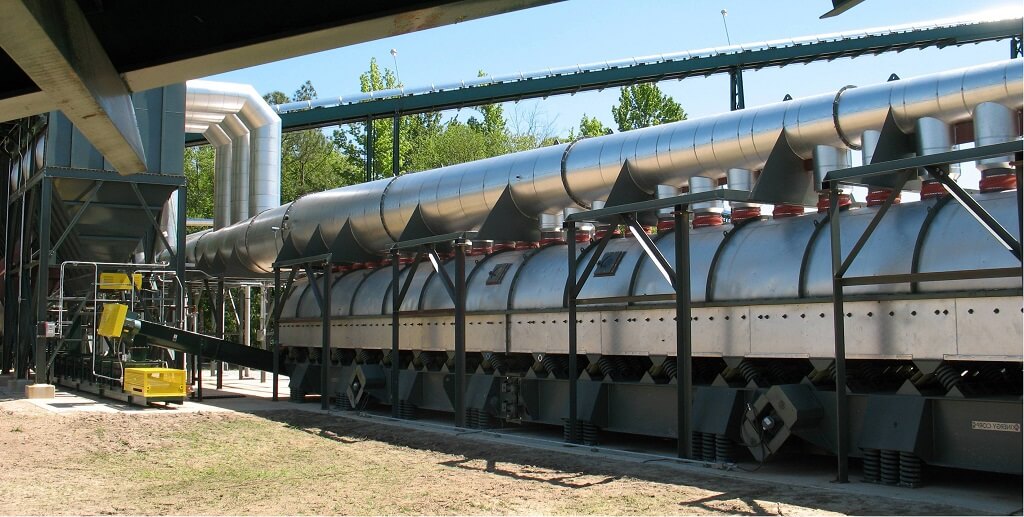For some materials that are not easy to flow and crystalline drugs whose drying temperature is not allowed to exceed 50-80 °C, a pulsed fluidized bed has been developed.
This fluidized bed dryer changes the constant air supply of the traditional fluidized bed to the periodic air supply. By adjusting the pulse frequency of the airflow or the conduction rate of the pulse air flow, the gas flow through the orifice plate or the fluidization zone changes periodically to dry the material.
Features
Its main structural feature is that several hot air inlet pipes are installed around the dry and wet bottom, and a pulse valve is installed on each hot air pipe. They are opened at a certain frequency and order, and the opening time is related to the thickness of the bed and the properties of the material. . When the gas is suddenly introduced, a pulse is formed in a short period of time, which makes the particles fluidize violently, and promotes strong heat and mass transfer between the materials. When the valve is closed, the fluidized state of the bed gradually disappears, and the material is in a state. A portion of the gas is still passed through the bed at this time so that the next pulse can be efficiently delivered through the bed.
Advantages
- High heat transfer coefficient
- Short drying time
- Consumption reduction
- Low power consumption.
Applications
The pulsed fluidized bed can effectively overcome the common drawbacks of traditional fluidized beds such as channeling, dead zone, and local overheating, so it can be used to process viscous, easy to agglomerate, and heat-sensitive materials, such as four Cyclic antibiotics.
